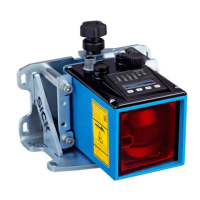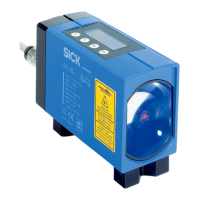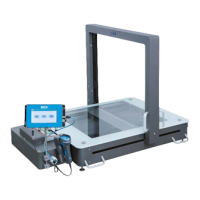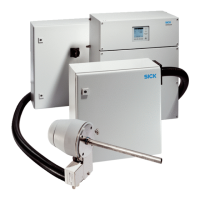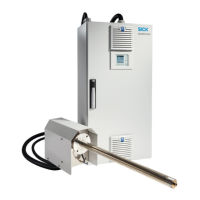Operating instructions Distance measuring device DL100 – CANopen®
CANopen®-interface
86 © SICK AG • Subject to change without notice • 8015416/ZPN2/2017-09-08
10.7 Synchronous and Asynchronous PDOs
In a synchronous PDO, the slave always answers to the cyclical master
query (SYNC object).
In a cyclically asynchronous PDO, the slave always answers cyclically –
independently of the master query (SYNC object).
In an acyclically asynchronous PDO, the slave always answers to a master
query – independently of the SYNC object.
10.7.1 Synchronous PDO
A synchronous PDO is sent for each SYNC query of the master. This corre-
sponds to transmission type 1.
TransmissiontypecanbeconguredandindicatesforwhichxthSYNC-
query of the master the PDO is sent.
Example:
• Transmission Type 1: Every SYNC-query
• Transmission Type 2: Every 2nd SYNC-query
• Transmission Type 3: Every 3rd SYNC-query
10.7.2 Asynchronous PDO
The “Event Timer” can be changed via the subindex 05h of the associated
PDO. The unit of the “Event Timer” is milliseconds.
If the “Event Timer” is 5, the PDO1 is sent every 5 ms.
10.7.3 Transmission Type
The“TransmissionType”specieshowdispatchofthePDOistriggered
andhowreceivedPDOsaretreated.AdierenceismadebetweenTPDOs
(transmit PDOs) and RPDOs (receive PDOs) The designation is applied from
the device’s point of view. The DL100 does not contain any RPDOs.

